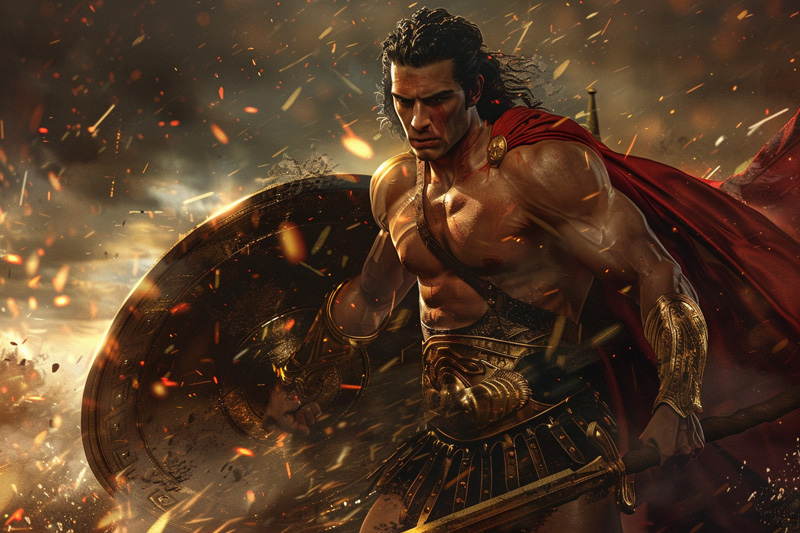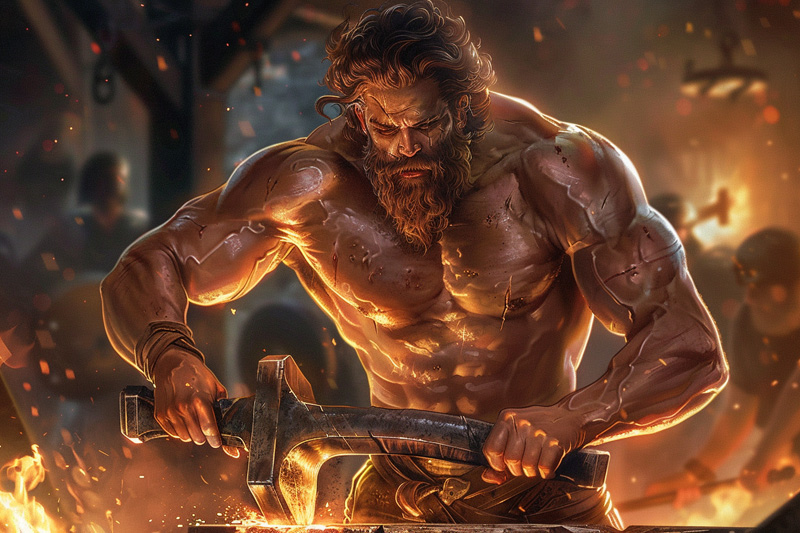KidZone Geography: Greek Mythology
About Aphrodite, Goddess of Love and Beauty
Introduction to Aphrodite
Aphrodite, one of the twelve Olympian deities in Greek mythology, is the goddess of love, beauty, and desire. Known for her unparalleled beauty, Aphrodite's influence extends over both mortals and gods, inspiring passion and attraction. Often depicted with symbols of beauty and fertility, Aphrodite is a central figure in many myths and has a profound impact on Greek culture and religion.
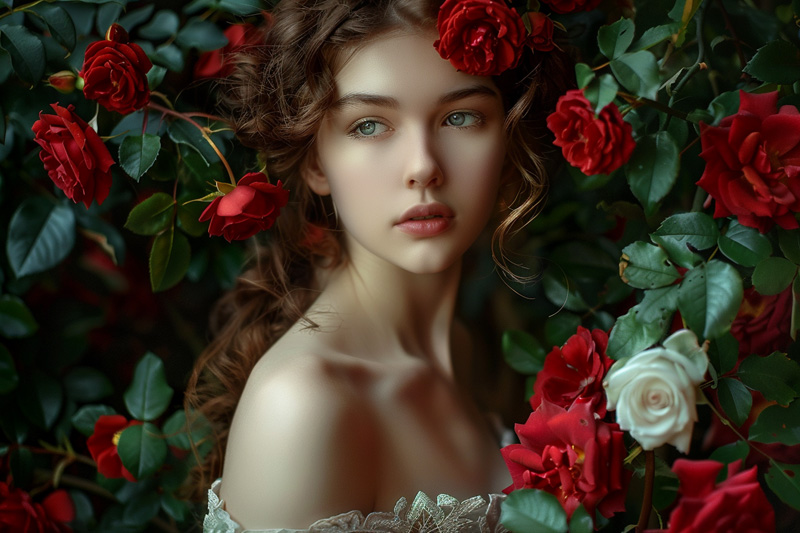
Quick Facts About Aphrodite
What is Aphrodite the Greek goddess of?
Aphrodite is the Greek goddess of love, beauty, and desire. She governs all aspects of romantic attraction and physical allure.
What are Aphrodite's sacred animals?
Aphrodite's sacred animals include the dove, the swan, and the sparrow. These birds symbolize love, grace, and beauty.
What are Aphrodite's symbols?
Aphrodite's primary symbols are the rose, the myrtle wreath, and the scallop shell. These items represent beauty, love, and her mythical birth from the sea.

Origins and Birth
Birth from the Sea Foam
According to Hesiod's "Theogony," Aphrodite was born from the sea foam produced by the severed genitals of Uranus when they were thrown into the sea by Cronus. She emerged fully formed from the waves near the island of Cyprus, radiating beauty and charm. This unique birth underscores her connection to the elemental power of the sea and the primal forces of nature.

Alternate Birth Story
In another version, Aphrodite is the daughter of Zeus and Dione, making her a full Olympian by birth. This lineage emphasizes her divine nature and her place among the gods of Mount Olympus.
Aphrodite's Role in Greek Mythology
Goddess of Love and Beauty
Aphrodite's primary role is as the goddess of love and beauty. She influences the emotions and attractions of both mortals and gods, often intervening in their affairs to inspire love or desire. Her powers extend to all aspects of beauty, from physical appearance to the arts and creativity.
Patron of Lovers
Aphrodite is also the patron of lovers, offering her blessings to couples and aiding in the formation of romantic bonds. Temples dedicated to her were often visited by those seeking her favor in matters of the heart.
Iconography and Symbols
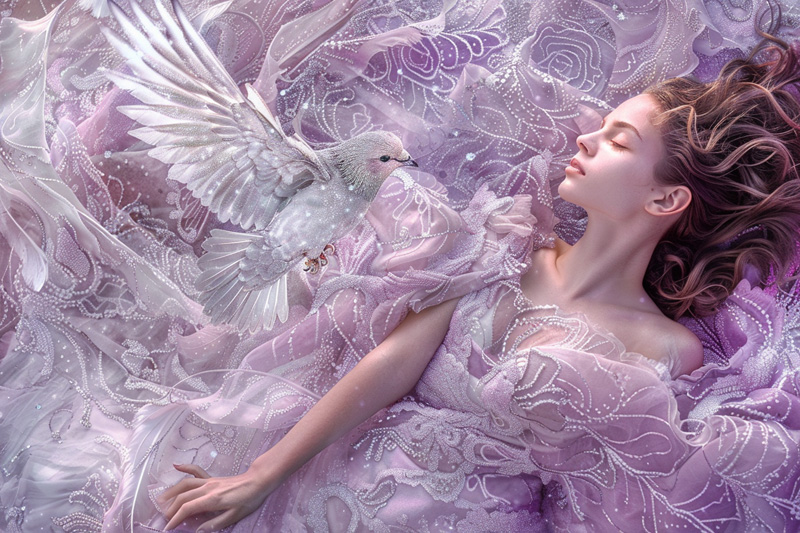
The Dove
The dove is Aphrodite's most recognizable symbol, representing peace, love, and beauty. These birds often accompany her in artistic depictions, highlighting her gentle and alluring nature.
The Rose
The rose is another significant symbol of Aphrodite, representing beauty and passion. The flower's delicate petals and enchanting fragrance make it an apt symbol for the goddess of love.
The Myrtle Wreath
The myrtle wreath symbolizes love and immortality. It was often used in wedding ceremonies and associated with Aphrodite's role as the patron of marriage and romantic union.
Major Myths Involving Aphrodite
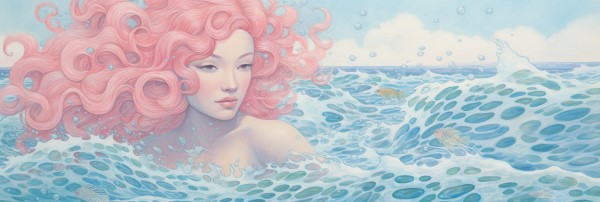
The Judgment of Paris
One of the most famous myths involving Aphrodite is the Judgment of Paris. In this story, Paris, a prince of Troy, is asked to judge a beauty contest between Hera, Athena, and Aphrodite. Each goddess offers him a bribe, and Aphrodite promises him the most beautiful woman in the world, Helen of Sparta. Paris awards the golden apple to Aphrodite, leading to the events that spark the Trojan War.
The Affair with Ares
Aphrodite had a well-known affair with Ares, the god of war, despite being married to Hephaestus. Their illicit relationship was discovered when Hephaestus trapped them in a fine net and exposed them to the ridicule of the other gods. This myth highlights Aphrodite's passionate and sometimes reckless nature.
The Birth of Eros
Aphrodite is the mother of Eros (Cupid), the god of love, who is often depicted as a winged child carrying a bow and arrows. Eros's arrows cause people to fall in love, reinforcing Aphrodite's influence over romantic attraction.
Aphrodite's Relationships and Offspring
Marriage to Hephaestus
Aphrodite was married to Hephaestus, the god of fire and craftsmanship. This union, arranged by Zeus, was meant to prevent conflicts among the gods over Aphrodite's beauty. Despite this, Aphrodite had numerous affairs, most notably with Ares.
Divine and Mortal Offspring
Aphrodite's children played significant roles in various myths and legends. Some of her notable offspring include:
- Eros (Cupid): The god of love, often depicted with a bow and arrows, symbolizing the power of love to wound hearts.
- Phobos and Deimos: Personifications of fear and terror, who often accompanied their father Ares into battle.
- Harmonia: The goddess of harmony and concord, representing the balance that often follows conflict.
- Aeneas: A Trojan hero and the son of Aphrodite and Anchises, whose descendants are said to have founded Rome.
Worship and Cult of Aphrodite

Temples and Sanctuaries
Aphrodite was worshipped throughout ancient Greece, with many temples and sanctuaries dedicated to her. The most famous of these is the Temple of Aphrodite at Paphos in Cyprus, believed to be near the site of her mythical birth. Another significant site is the Temple of Aphrodite at Corinth, which housed her sacred prostitutes.
Festivals and Rituals
Several festivals celebrated Aphrodite's influence over love and beauty. The most notable of these is the Aphrodisia, held in various cities, including Athens and Corinth. These festivals often included processions, sacrifices, and rituals to honor the goddess and seek her favor in matters of love and fertility.
Aphrodite in Art and Literature

Classical Depictions
In classical art, Aphrodite is often depicted as a stunningly beautiful woman, sometimes emerging from the sea or standing near a mirror. These representations emphasize her role as the goddess of beauty and love.
Renaissance and Beyond
During the Renaissance, artists like Botticelli and Titian drew inspiration from classical depictions of Aphrodite, incorporating her into their works. Botticelli's "The Birth of Venus" is one of the most famous paintings of Aphrodite, depicting her emerging from the sea on a scallop shell.
Modern Interpretations
In modern times, Aphrodite continues to be a prominent figure in literature, film, and popular culture. She appears in various forms, from comic books and movies to television series and video games. These contemporary portrayals often explore different aspects of her character, from her enchanting beauty to her complex relationships. In the Percy Jackson series, for example, Aphrodite is depicted as a charming and somewhat meddlesome goddess, reflecting modern interpretations of her myth.
Conclusion
Aphrodite remains one of the most captivating figures in Greek mythology. Her role as the goddess of love, beauty, and desire, combined with her complex personality and significant myths, make her a fascinating character. As the embodiment of romantic attraction and physical allure, Aphrodite's influence extends across the divine and mortal realms. Her enduring impact can be seen in the continued fascination with her myths and the artistic representations that keep her legend alive. Through her worship, iconography, and the rich tapestry of stories that surround her, Aphrodite exemplifies the allure and complexity of ancient Greek religion and mythology.
